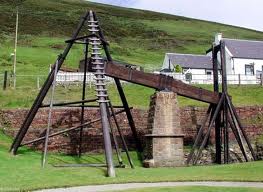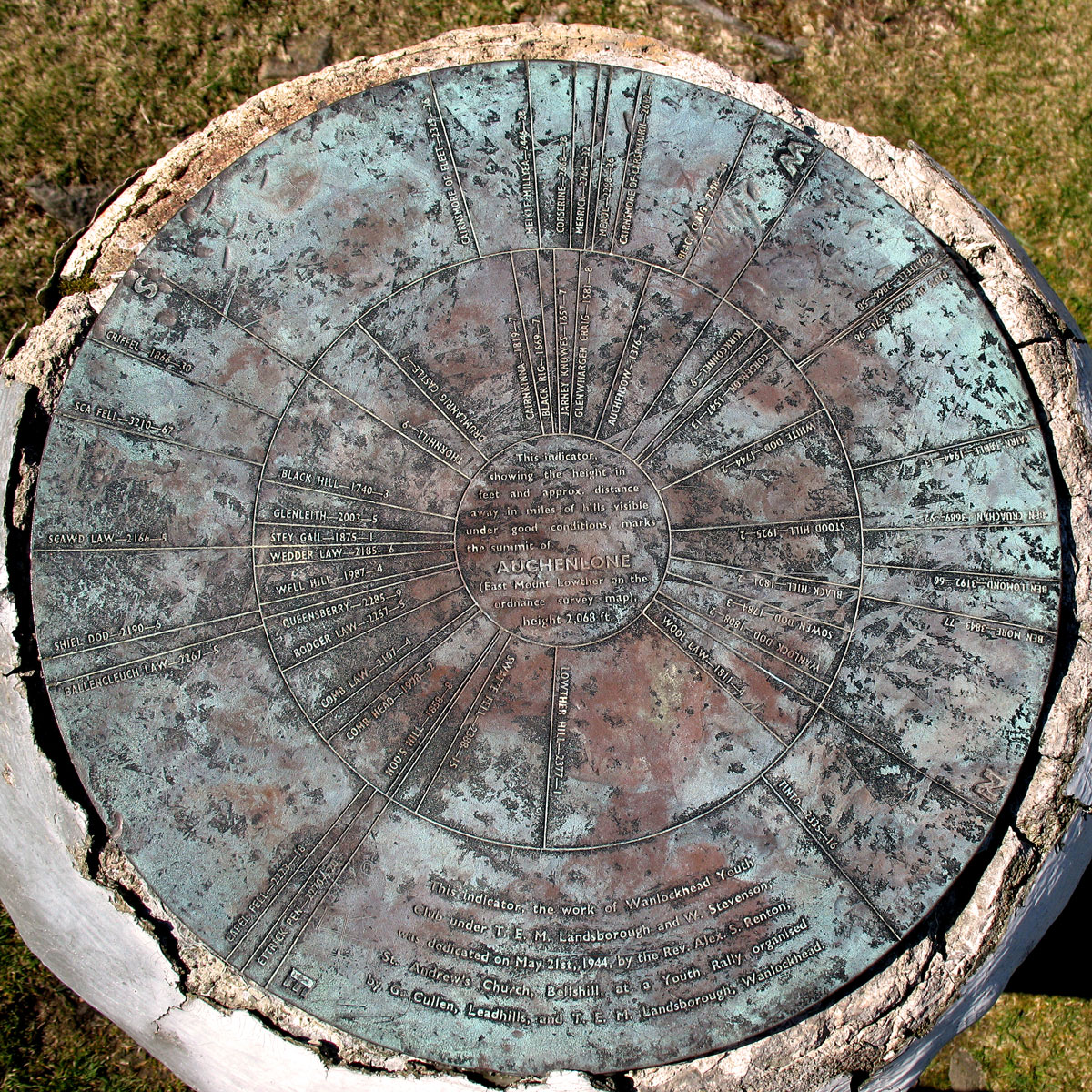
"Working with the Past,
here in the Present
to
preserve for the Future"
Wanlockhead
A Brief History
Wanlockhead is the highest inhabited village in Scotland, lying at an altitude of some 1531ft above sea level in a valley etched into a barren, treeless, heather moorland. The village was uniquely founded in the lead industry and is of great geological interest since it contains the largest, and formerly the most productive, lead-zinc deposits in Scotland. Galena and Sphalerite were mined here for over 400 years, and exploitation only ceased in the 1930s.
Probably first mined by the Romans using the Hushing method, a process that involves using water to reveal mineral veins, the earliest recorded evidence dates back to 1292, when the Monks of New Battle Abbey were granted a charter for lead mining. The mines were greatly extended in the 16th century, and much alluvial gold was extracted from the stream gravels. By the time mining finally ceased in the 20th century, some 70 lead-zinc veins had been discovered and worked in an area of 5 square miles.
In the past, mining was tough, and so were the living conditions, but through that, major engineering feats were achieved. If you visit today, you will see the scars remaining from the mining in the village and if you look hard enough, some of the major engineering locations. Sadly, the village has already lost some of these wonders and the rest are in decline.
We invite you to browse our website to learn about the ongoing restoration work that is saving many of these buildings and structures, allowing you to enjoy the history in a healthy walking environment amidst the beauty of the Lowther Hills.
Come, walk through the beautiful Lowther Hills,
where history and nature unite to inspire all who visit!
TRAIL LEAFLETS
All trail leaflets, with relevant information and including route maps, are available from the Wanlockhead Village Centre.
The available leaflets feature the following trails:
The Stake Moss Trail (which incorporates Folklore, Facts, and Tales)
The Lowther Hill Trails. (To the Auchenlone Indicator, George Stevenson Memorial and the Emergency Weather Shelter)
Wanlock Visions will be assisting ScotWays, a charity who have been improving countryside access throughout Scotland since 1845.
As volunteers, we will be helping with maintenance, signposts, way markers, paths, routes, and any rights of way.
For more information about ScotWays please visit: https://www.scotways.com
Click on a picture for more information
We are a dedicated organisation focused on enhancing education and awareness about our local community and its rich history. Our projects aim to gather and share valuable information that can benefit everyone, fostering a collaborative environment. We believe that by providing access to various resources, we can create a more informed society.
Our commitment to education drives our efforts to collaborate with individuals and organisations that share our vision. We welcome any contributions, including photographs, plans, maps, and donations, that can enrich our projects and support our mission. Together, we can create a lasting impact and preserve the heritage of our area for future generations.
For more information on how to get involved or contribute, please feel free to explore our website.




















